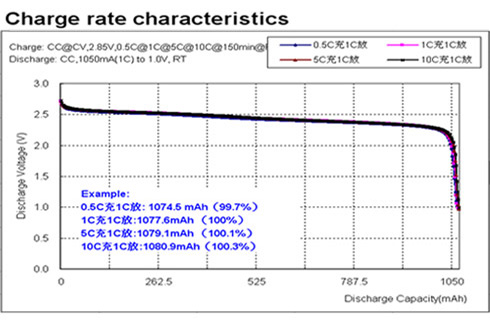Sorry for not replying sooner and letting all the comments build up between replies. We must be in very different time zones.
john61ct said:
Was there any conflict between my simplified explanation and your (Sunder's) understanding of what would be a more accurate one?
Nope. Your explanation was pretty good. Apologies if I came across as a bit patronising. This whole concept really is very simple
mathematically, but in trying to explain it in writing, I realised how difficult it is to explain it in English, because of the different variations of what people want to know, and not being able to assume their level of prior knowledge.
DogDipstick said:
Can you teach me anything else about W/L and how it is correctly measured?
If I could, I should probably be on some committee on the IEC, or IEEE.

Seriously though, there's marketing fluff and there's real standardised measurement, and almost nobody (as far as I know) uses standardised measurements for our hobby kit. Just go to any RC Hobby site, and watch people complain about how their "75C battery won't even put out X amps", or reviews showing that the new <favourite brand> 15C lipo outperforms and runs cooler than <cheap chinese crap> 35C lipo.
When I first got into this hobby and destroyed my first LiPo battery within 6 months, another kind member explained to me that there was no standardised rating for batteries - One manufacturer would put down the C rating they recommended for a long life, another would put the C rating that their pack would survive essentially just one run. Back then, the advice was to never run it more than 2C constant, or 3-4C burst if you wanted your pack to last. Of course, back then the expectation was about 200-300 cycles, against the newer graphenes and nanotechs which are expected to last upwards of 700 cycles now.
The closest you will get if you want a rigorous test using logged data is IEC 61960: https://webstore.ansi.org/Standards/IEC/IEC61960Ed2017?gclid=EAIaIQobChMI39egrNCp5wIVFKmWCh2wnw3cEAAYASAAEgItJvD_BwE
Unfortunately it costs money to buy the standard.
DogDipstick said:
... Ok... how does one figure "max Watts (for Xminutes)" ?
I have an idea, but I want to know the consensus first.
Hint: Involves temp ?
There's a test within IEC 61960 for that as well, but again, this is simple yet complex... What does "Max Watts" actually mean? The maximum you can draw before a catastrophic fire? A full short circuit? For 10 Cycles? For the expected battery life?
Across a single chemistry temp and voltage drop is good for an apples vs apples comparison - well, voltage drop only if both the capacity and state of charge were equal during the test. But comparing across chemistries has the potential to mislead.
For example, Lithium Titanate has a flat as a tack discharge curve. It doesn't matter if the test is done at 100% SOC, or 20% SOC. It also suffers almost no voltage drop regardless of if you're discharging 0.5 C or 10C:
(BTW, if Vsag/1000w is all you were interested in, LTO would be your ideal battery! But we're past that point - LTO has poor energy density and only okay power density)
LiPo on the other hand has a graduated curve, and sags a lot more depending on the power drawn:
You can see the first 10% of the curve is much steeper than the rest of the curve. So the voltage drop from 4.2v to 4.0v would be much more significant than say a 3.9v to 3.7v test. Again, across the same chemistry and the same capacity, not a problem. As soon as you want to compare an 18650 vs a Turnigy Graphene, or something else, it may not necessarily be a fair test.
This whole thread started it seems from a single comment from a friend of yours (DogDipstick) that your battery was sagging too much - a comment based on an unreliable metric. It's come a long way since then, and I'm not sure where you want it to go now, but I think the discussion has shown that there are so many different ways of comparing batteries, and all of them are "fair" in certain conditions, but nothing universally fair in all situations to compare batteries.


